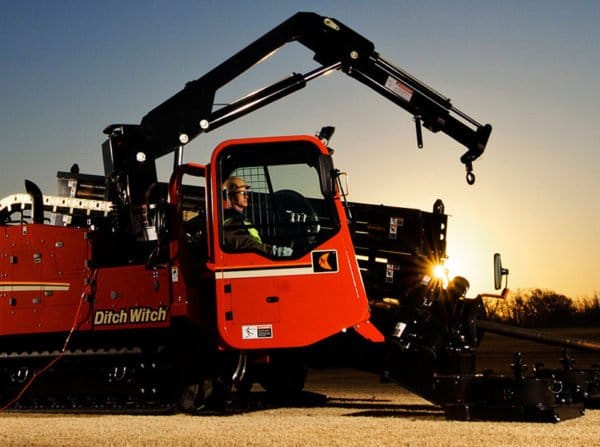What Is Trenchless Technology, and How Is It Better?
As construction projects become more extensive, these projects can conflict with the existing infrastructure or nature (such as utility lines, underground tunnels, waterways, and more). Digging a trench through these would require significant investment and may end up rendering your project non-viable.
A solution to this issue is trenchless construction, a method that many are starting to rely on. In this article, we will take a closer look at what is trenchless technology, how it’s accomplished, and whether it’s better than digging trenches or not.
What Is Trenchless Technology?
Trenchless technology allows service lines to pass beneath waterways, railways, major roads, and other environmentally sensitive areas easily. This way, you don’t have to root up the existing infrastructure or natural waterways for your electrical or other utility lines, thus saving you time and money.
Also known as horizontal directional drilling (HDD), trenchless construction methods include:
- Horizontal direct bore
- Direct pipe
- Micro-trenching
How Trenchless Construction Is Done
To start, two points on either side of the obstacle are selected, the entry and exit point. The entry work area needs the following equipment;
- Drill rig
- High-pressure pumps
- Drilling fluid recycle unit
- Drilling fluid storage pit
- Control cabin
- Pipe skid
- The entry pit
After the site is set up, the mud motor in the rig begins its first pass, drilling a pilot hole. The drill path is engineered specifically to the obstruction, taking into consideration the depth, length, and more. Once the pipe reaches its prepared exit point, the mud motor is replaced with a reamer to increase the diameter of the borehole.
Once retracted completely, the pipe is pulled back from the exit to the entry point, ready for a valve. The valve is installed, the necessary connections are made, and the site is restored to its original condition.
How Is Trenchless Technology Better?
One of the biggest benefits of trenchless technology is that has a very small construction footprint and therefore doesn’t disturb the environment as much. Because of the small footprint, restoration of the disturbed area remains cost and time-effective as well. The larger your project is, the more effective trenchless technology becomes.
Another reason why trenchless technology can prove beneficial includes its ability to work underneath the obstruction; hence, the disassembly of the current infrastructure and its subsequent re-assembly is not required. Pipes can be drilled as deep as 120 meters but can also go deeper easily if needed.
Conclusion
Trenchless technology can be more expensive if your project is small but for large-scale projects, such as bridge construction, city utility installations, and more, trenchless technology is the way to go. You can cover a lot of ground quickly and easily with the technology.
However, one core element to consider is the operator’s skill and experience. Directional drilling requires pinpoint accuracy, or it could lead to undue stress on the pipe and thus, damage. We recommend trained and experienced professionals, such as those at Americom, to help you cross the finish line gracefully and within your budget. Get in contact with us today, and see how we can help!



